Tyrosine Kinase
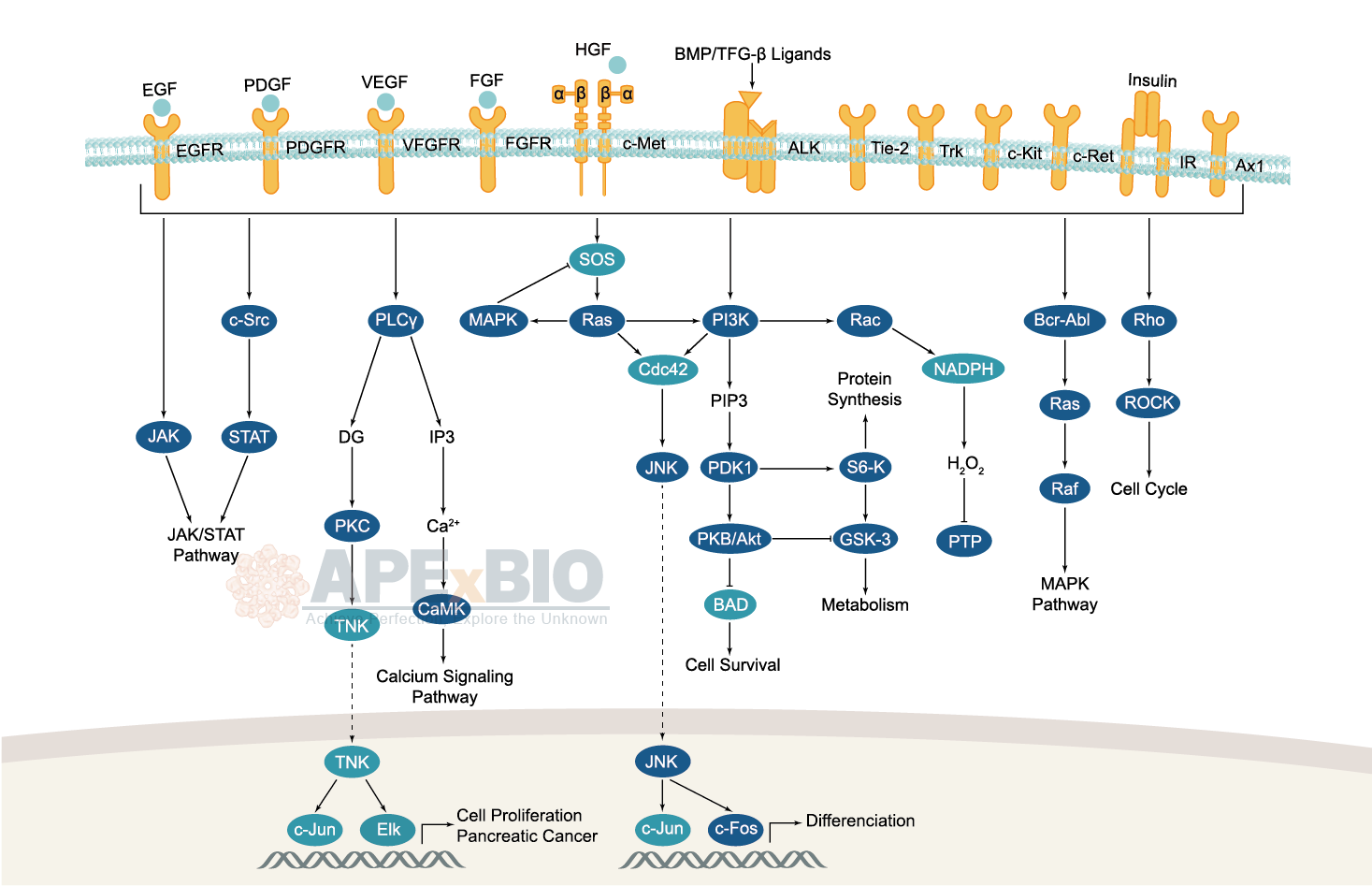
Receptor tyrosine kinases bind to extracellular ligands/growth factors, which promotes receptor dimerization and autophosphorylation of receptor tyrosine residues. This triggers a cascade of downstream events through phosphorylation of intracellular proteins that ultimately transduce the extracellular signal to the nucleus, causing changes in gene expression. Receptor tyrosine kinases include EGFR/ErbB, PDGFR, VEGFR, FGFR and MET subfamilies etc. Dysfunctions in tyrosine phosphorylation are linked to oncogenic transformation. In additions, various adaptor and effector proteins couple to carboxy-terminal of an active kinase. For instance, binding of the GRB2 adaptor protein activates EGFR and MAPK/ERK signaling.
Non-receptor tyrosine kinases involve many well-defined proteins (e.g. the Src family kinases, c-Abl, and Jak kinases) and other kinases which regulates cell growth and differentiation. For example, Src family kinases are curial for activating and inhibitory pathways in the innate immune response.
-
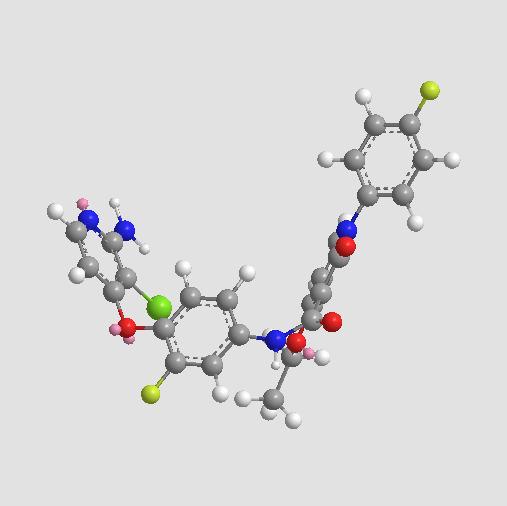 A5703 BMS-777607Target: METSummary: C-Met inhibitor, potent and selective
A5703 BMS-777607Target: METSummary: C-Met inhibitor, potent and selective -
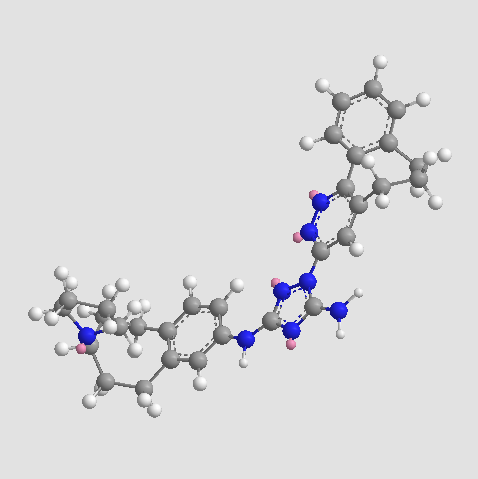 A8329 R42810 CitationSummary: Selective Axl inhibitor
A8329 R42810 CitationSummary: Selective Axl inhibitor -
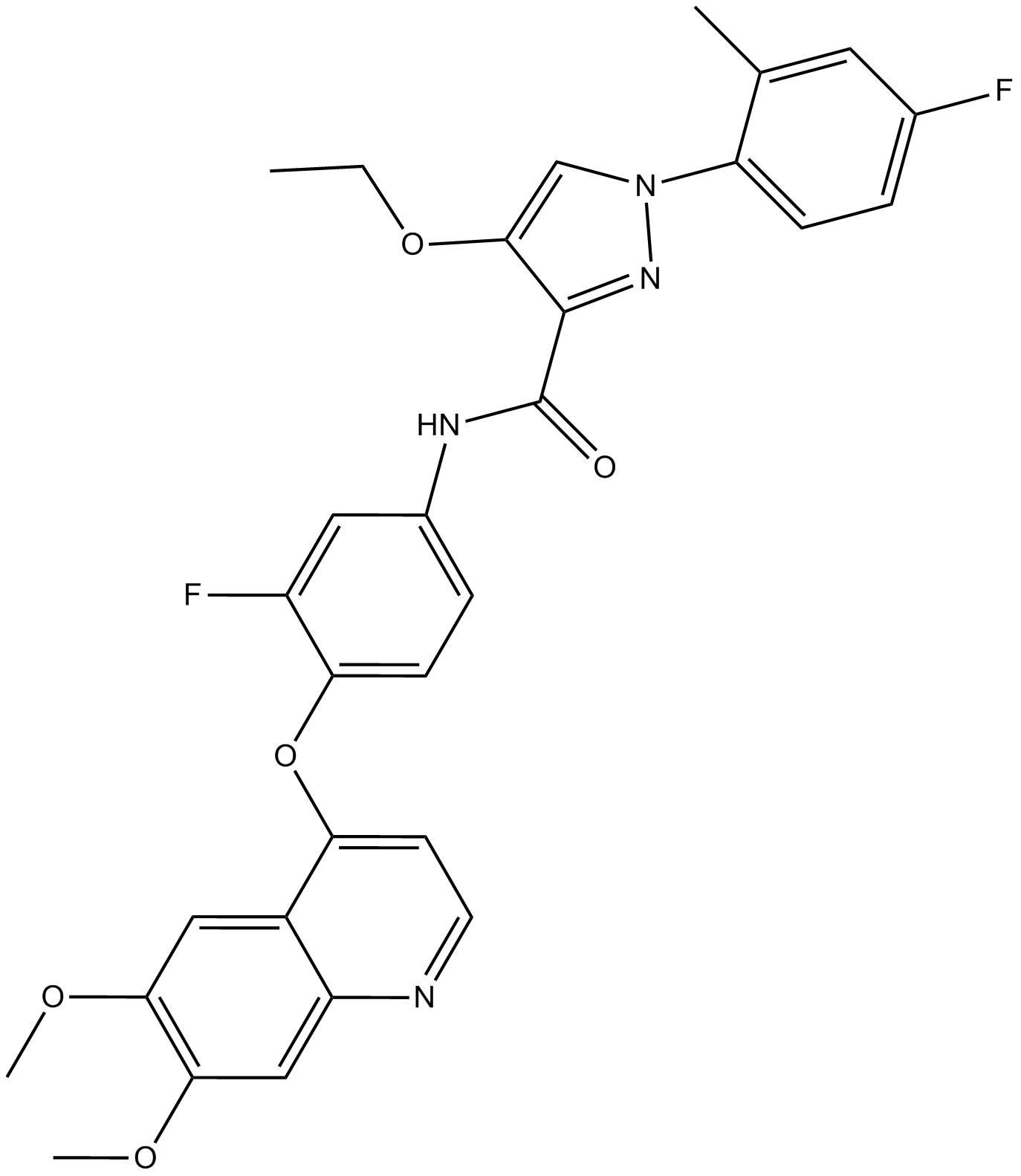 B4893 LDC1267Target: TAM kinaseSummary: TAM kinase inhibitor,highly selective
B4893 LDC1267Target: TAM kinaseSummary: TAM kinase inhibitor,highly selective -
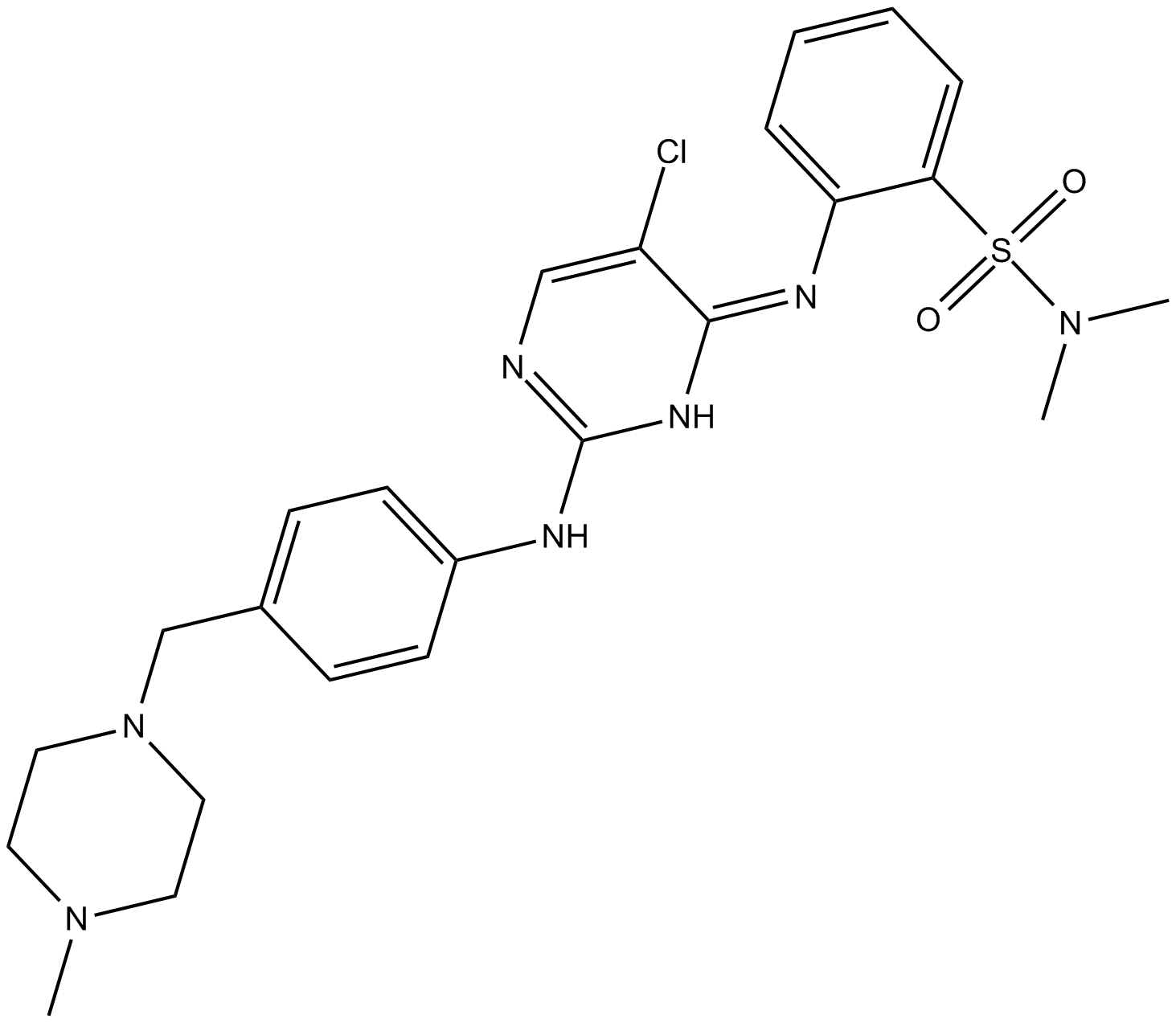 B5940 TP-0903Target: AXLSummary: AXL receptor tyrosine kinase inhibitor, anti-cancer agent
B5940 TP-0903Target: AXLSummary: AXL receptor tyrosine kinase inhibitor, anti-cancer agent

